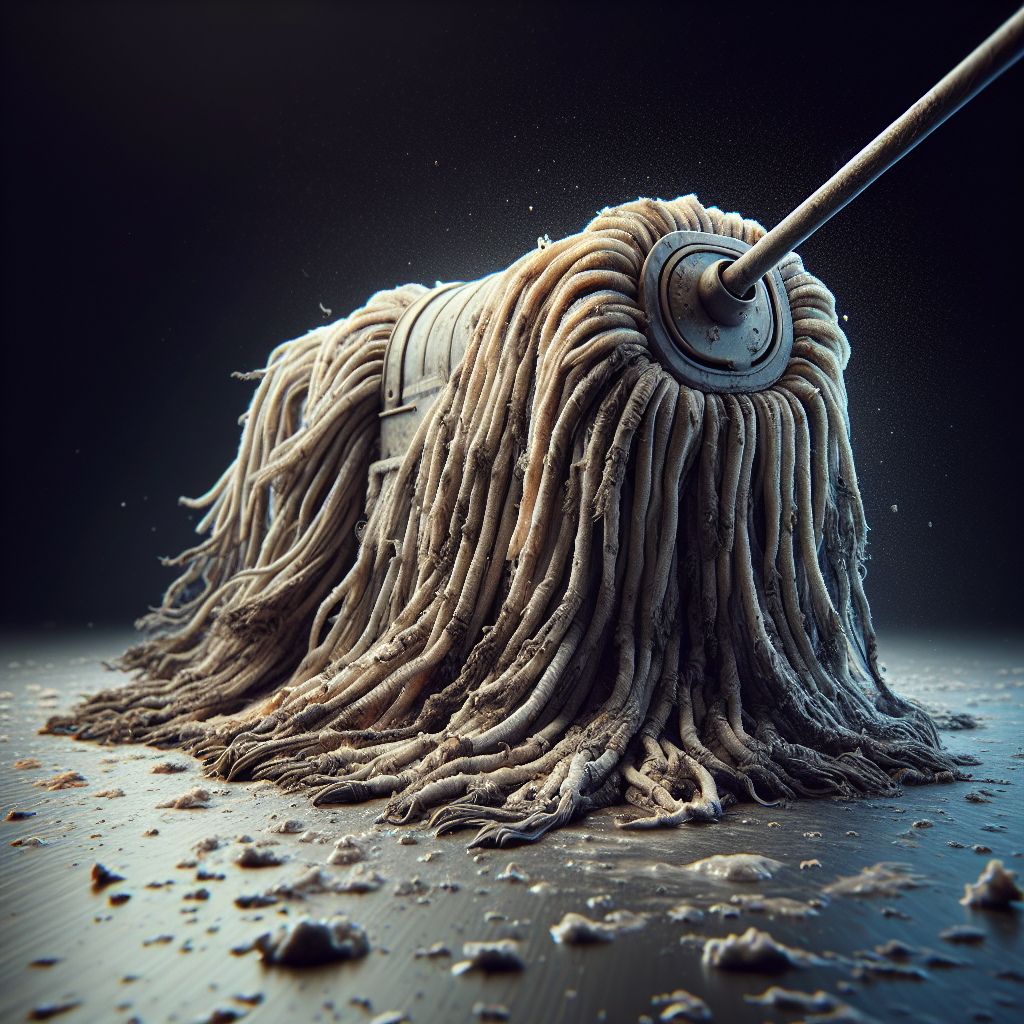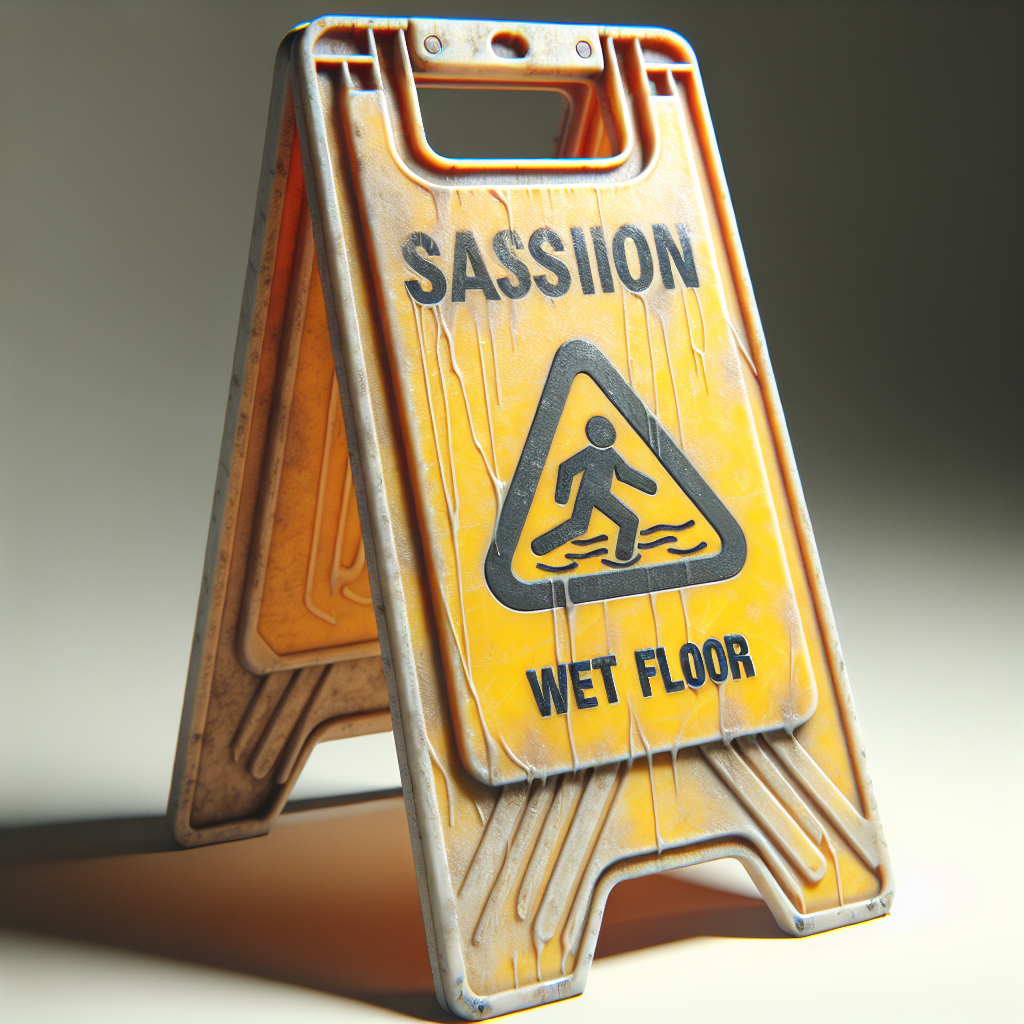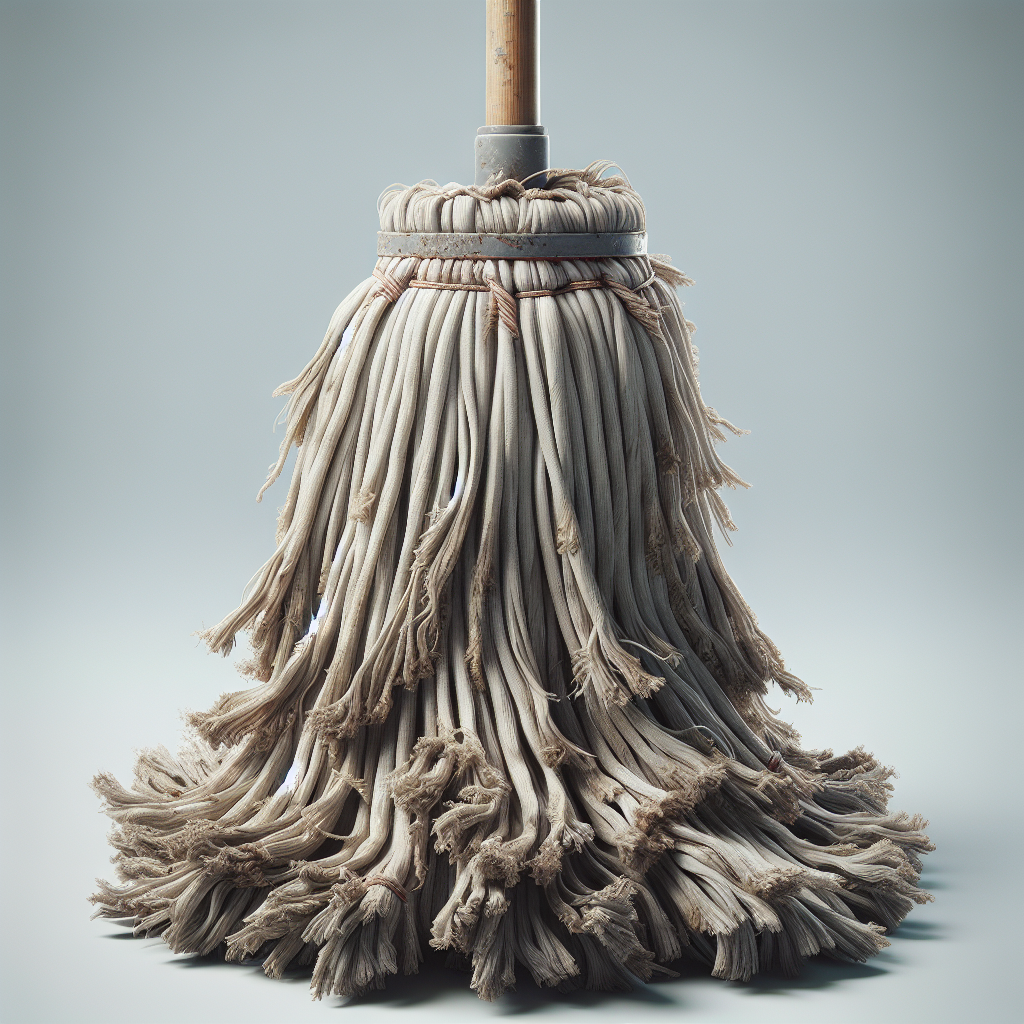When it comes to maintaining cleanliness in both residential and commercial spaces, a VCA mop is an indispensable tool. However, like any cleaning equipment, VCA mops are subject to wear and tear over time. Understanding the factors that contribute to the degradation of your mop can significantly enhance its performance and lifespan. From frequent usage to the type of surfaces being cleaned, multiple elements can accelerate the wear on your mop.
Regularly inspecting your VCA mop for signs of wear and tear is crucial. Frayed edges, reduced absorbency, and a noticeable decline in cleaning efficiency are common indicators that your mop is nearing the end of its useful life. By paying attention to these signs, you can take proactive measures to maintain your mop, ensuring that it continues to deliver optimal cleaning results.
Looking for a comprehensive solution to extend the life of your VCA mop? Call now to rejuvenate your carpets and upholstery! Experience the difference with our professional cleaning services. Don’t wait, Call now!
Common Signs of Mop Wear

Identifying the common signs of mop wear is essential for maintaining the efficiency and longevity of your VCA mop. One of the first indicators is frayed or split fibers. These damaged fibers not only reduce the mop’s cleaning ability but also leave behind debris and fibers on the cleaned surfaces.
Another sign to watch out for is reduced absorbency. Over time, mops lose their ability to hold water and cleaning solutions effectively. If you find that your mop is taking longer to dry or is not soaking up spills as efficiently as it used to, it might be time to consider replacing it.
Unpleasant odors can also signal that your mop has seen better days. Persistent smells, even after washing, indicate that bacteria and mold have built up within the fibers, compromising the mop’s cleanliness and efficiency. Additionally, noticeable declines in cleaning performance—such as streaks left on floors or the need to go over the same area multiple times—are clear signs that your mop is worn out.
By recognizing these common signs of wear, you can take timely action to replace or maintain your mop, ensuring it remains an effective tool in your cleaning arsenal.
Impact of Wear on Cleaning Efficiency

The impact of wear on cleaning efficiency should not be underestimated. As your VCA mop begins to show signs of wear, its ability to perform optimally diminishes significantly. One of the primary consequences is ineffective dirt removal. Worn-out fibers fail to grip and lift dirt particles, meaning you might find yourself repeatedly going over the same spot without achieving the desired level of cleanliness.
Another critical issue is streaking. A mop that has lost its absorbency will leave streaks and water marks behind, leading to an unevenly cleaned surface. This not only affects the aesthetic appeal of your floors but also their safety, as wet streaks can increase the risk of slips and falls.
Moreover, the spread of contaminants becomes a significant concern. A worn mop can harbor bacteria, mold, and other pathogens, which are then spread across your floors during cleaning. This not only compromises hygiene but can also contribute to health issues, particularly in environments requiring stringent cleanliness standards, such as homes with children or pets.
In addition to these issues, a worn mop also requires more effort and time to achieve the same level of cleanliness. The decreased efficiency means more physical exertion and time spent cleaning, which can be particularly taxing for both residential and commercial cleaning operations.
Understanding the impact of wear on your mop’s cleaning efficiency highlights the importance of regular maintenance and timely replacement, ensuring that your cleaning tasks are performed effectively and efficiently.
Maintenance Tips for VCA Mops

Proper maintenance of VCA mops is essential to prolong their lifespan and ensure optimal cleaning performance. Here are some effective tips to help you maintain your VCA mop:
- Regular Cleaning: After every use, rinse the mop thoroughly with hot water to remove dirt and debris. This prevents the build-up of grime and keeps the mop fibers in good condition.
- Deep Cleaning: Periodically, give your mop a deep clean by soaking it in a solution of water and mild detergent. This helps to remove any trapped dirt and refreshes the fibers. Rinse thoroughly and allow it to air dry completely before the next use.
- Proper Drying: Always ensure your mop is completely dry before storing it. Damp mops can develop mold and mildew, which not only causes unpleasant odors but also compromises cleaning efficiency. Hang the mop in a well-ventilated area to dry.
- Storage: Store your mop in a clean, dry place. Avoid leaving it on the floor or in a damp area, as this can lead to fiber degradation and bacterial growth.
- Inspect Regularly: Regularly inspect your mop for signs of wear and tear. If the fibers appear frayed or the mop’s absorbency has decreased, it may be time to replace it. Using a worn-out mop can result in inefficient cleaning and potential spread of contaminants.
- Rotation System: Implement a rotation system where you use multiple mops in rotation. This allows each mop to fully dry and recover between uses, extending their overall lifespan.
- Follow Manufacturer’s Instructions: Always adhere to the manufacturer’s care guidelines. Some mops may have specific cleaning and maintenance requirements that ensure their longevity and effectiveness.
By incorporating these maintenance tips into your routine, you can keep your VCA mop in top condition, ensuring it performs effectively and lasts longer, ultimately saving you time and money.
Extending the Lifespan of Your Mop
To maximize the longevity of your VCA mop and maintain its cleaning efficiency, it’s crucial to adopt practices that extend its lifespan. Here are some key strategies to help you get the most out of your mop:
- Use Appropriate Cleaning Solutions: Always use cleaning solutions that are recommended for your mop type. Harsh chemicals can degrade the mop fibers, reducing its effectiveness and lifespan. Opt for mild, pH-balanced detergents that are gentle on the mop.
- Avoid Over-Saturation: Over-saturating the mop can weaken the fibers and make it less effective at picking up dirt and moisture. Wring out excess water thoroughly before each use to maintain optimal performance.
- Gentle Handling: Handle your mop with care to avoid unnecessary wear and tear. Avoid scrubbing too aggressively or using the mop on rough surfaces that can damage the fibers.
- Regular Rotation: Implement a rotation system where multiple mops are used in sequence. This allows each mop to have adequate downtime for drying and recovery, which helps in maintaining their structural integrity and performance.
- Timely Replacement: Recognize the signs of a mop that needs replacement. If the fibers are visibly worn, frayed, or if the mop no longer absorbs water efficiently, it’s time to invest in a new one. Using a worn-out mop can compromise cleaning quality and spread contaminants.
- Proper Storage: Store your mop in a dry, well-ventilated area. Avoid leaving it in damp or enclosed spaces where mold and mildew can develop, as this not only deteriorates the mop but also poses hygiene risks.
By following these strategies, you can significantly extend the lifespan of your VCA mop, ensuring consistent cleaning performance and better value for your investment. Remember, a well-maintained mop not only saves you money but also enhances the cleanliness and hygiene of your environment.
Choosing the Right Mop for Longevity

Selecting the right mop is a crucial step in ensuring durability and effectiveness in your cleaning routine. The longevity of your VCA mop heavily depends on making an informed choice that aligns with your specific needs. Here are some factors to consider:
- Material: The type of material used in the mop head plays a significant role in its durability. Microfiber mops are highly recommended due to their superior absorbency and ability to withstand frequent use and washing. Cotton mops are another good option, especially for heavy-duty cleaning tasks.
- Compatibility: Ensure that the mop you choose is compatible with the cleaning solutions you intend to use. Some mops may degrade when exposed to certain chemicals, so it’s essential to check manufacturer recommendations.
- Ease of Maintenance: Opt for mops that are easy to clean and maintain. Mops with removable and machine-washable heads are ideal as they allow for thorough cleaning and can be reused multiple times.
- Design and Ergonomics: Consider the design of the mop, including handle length and grip comfort. A well-designed mop can reduce user fatigue and make cleaning more efficient, which indirectly contributes to its longevity by ensuring it is used correctly and comfortably.
- Brand Reputation: Choose mops from reputable brands known for quality and durability. Reading reviews and seeking recommendations can help you make an informed decision and avoid mops that wear out quickly.
By taking these factors into account, you can select a mop that not only meets your cleaning needs but also stands the test of time. A well-chosen mop translates to better cleaning efficiency, less frequent replacements, and overall cost savings.
Call now to rejuvenate your carpets and upholstery! Experience the difference with our professional cleaning services. Don’t wait, Call now!
